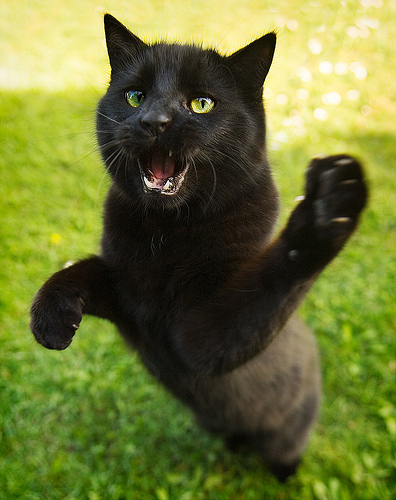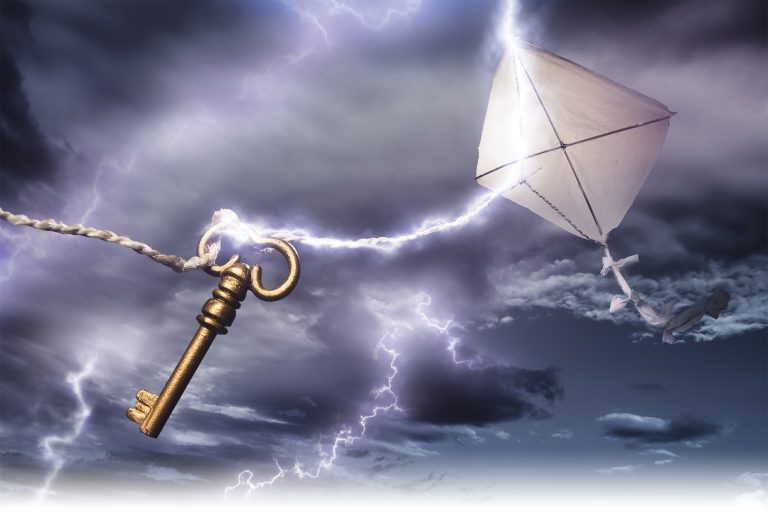More Ways Novelists Can Benefit from Mind Mapping
We’ve been spending some weeks exploring brainstorming and, in particular, mind mapping. I’ve found mind mapping an extremely helpful way to generate ideas for all the components of my novels: characters, plots, subplots, settings, and themes. We covered how writers might create mind maps to come up with strong characters, themes, plots, and subplots, and I suggested that there are no limitations to the kind of mind map you create. You can work on either a macro or micro level.
For example, you may want to hone in on a small but essential plot element of your story—say, your protagonist’s relationship with his brother. You’ve already developed both characters, know what they believe and how they clash on certain issues (which speaks to your themes), but you want to create some scenes that make these characters clash and show the relationship arc. Maybe you want them to start out as enemies, but by the end of the book you want the brothers to become close friends. So create a mind map with their two names in the middle. Then brainstorm situations that will help bring out their core beliefs, challenge what they believe, put them at odds, make them team up against a mutual opponent.
Merging Mind Maps: Characters and Setting
You can create a mind map for various settings in your story that are key to your plot. How? By laying out the many mind maps you’ve already done on character, theme, and plot. No doubt on those mind maps you came up with places or scenarios for your characters. Go further and actually create very specific places to put them in. Keep in mind the time of year and locale of your book. If some scenes take place outdoors in the winter in Alaska, you want to think of settings that perfectly fit the plot. You may have two characters in an argument on a frozen lake that cracks, sending one into icy water and forcing the other to save him.
Try to keep away from mundane settings. Sure, you might really need a scene where two characters are sitting drinking coffee. Maybe one time, if you really need that location and they really have to be drinking something. But push yourself to be as imaginative as you can (without being ridiculous). Mind map places you can put your characters in that will reflect the tone of the scene and the mood of your POV character. Setting can be a powerful component of a scene, so don’t brush off the need to mind map these settings for the conflicts you’ve set up between characters.
Merging Mind Maps: Subplots and Setting
Another pair of mind maps you can merge are the subplots and setting ones. Let’s say you’ve come up with some subplots, most likely utilizing your secondary characters. The more you can spiderweb your settings into your story, the more cohesion you’ll have. Look at your subplot mind map and then consider the one you created for settings for your protagonist. Find ways to get some of your secondary characters in the same locales as your protagonist. Can you have a secondary character utilize some of the same settings as your main character?
Often novels are set in a town or small enough area that allows (requires?) some of the characters to share settings. A story might be generated around a company, and some of the characters work in the same office. Some may attend the same school. Try to think beyond the obvious, though, and find ways to have characters to cross paths or meet in order to overlap setting with subplot.
A subplot may involve a mother having to deal with the high school principal regarding her son’s delinquency. So one locale would be the high school. Instead of having her meet with another character—say, her best friend who is going through marital issues—at the coffee shop, where you would have them sitting at a table just talking, you could brainstorm reasons for her friend to be at the school, where they could run into each other and talk. What if her friend is in charge of the prom and she’s there decorating the gym? How much more interesting would it be to have the friend fall apart over her marriage in front of a bunch of excited but stunned seniors, while she’s standing at the top of a ladder throwing rolls of crepe paper while talking to your protagonist?
When you brainstorm your secondary characters, you want to find ways to connect them to your protagonist. Settings come into play here, for all characters know people through work, social circles, family, and hobbies. Not all novels are going to allow you to interconnect a lot of settings. With an international thriller, your protagonist may be running all over the world (like in The Bourne Identity), but if you can find ways to link characters to setting and subplots and theme, you will weave a tight novel.
“Everything Important I Learned in Kindergarten”
I hope all these posts on brainstorming have created a whirlpool of ideas in your brain (if you’ve missed them, click here, here, and here). I have found by letting my imagination explore through mind mapping, I’m able to come up with lots of great ideas without my internal editor dissing my ideas. By putting anything that comes to mind down on paper, and playing with colored pencils or highlighter pens—even drawing little symbols or squiggles to link elements together—you might be very surprised at the things you come up with.
Sometimes the confines of a computer screen put limits on our imagination. I firmly believe we tap into the joy and freedom of expression and creativity when we let ourselves be “kindergartners” again and take the pressure off the expectation of performance. May you have many happy hours creating your mind maps.
Had any great insights or results in mind mapping your novel? Share it in the comments!
Photo Credit: Louish Pixel via Compfight cc












I just discussed mind-mapping in my speech classes yesterday. I’m admittedly not a mind-mapper, at least not on paper. I’m more of a outline/list kind of guy. But your points about mind-mapping are great.
I couldn’t agree more – mind mapping has been a central planning tool for me for donkeys years. It helps to build ideas for plots, develop characters and locations – among so many other things.
I illustrated this in an article I wrote recently with examples of plot development http://bit.ly/1bJkbIn .
I find that ideas flow far more easily with a mind map (or spider map as I call it) and for visual people incorporating imagery into it also really helps.
I’m struggling to picture mind mapping with a chronological plan for scenes in a plot. I guess I’m a visual person and need to see how this works to understand it. Could you point me to some graphics or other resources? I love the idea, just struggling to wrap my mind around it. I’ve read all your posts in this series, and they are terrific. Thank you.
Hi Adam, I go from the brainstorming plot to a timeline, usually a chart with the main characters listed on the left in a column. I then sometimes write a brief bit about each scene on a sticky note, then start laying out the timeline. This helps me, since I often have a dozen or more POV characters, and I want to make sure I alternate through all the characters and yet keep moving forward in time. This works so well, since you can scoot things around until all the scenes are stacked jaggedly along the timeline from opening moment to the end. Give it a try! I don’t know of any software specifically, other than things like SmartDraw, which allows you to work on a timeline. I prefer doing things spread out on a table so I can see the big picture of the entire novel at once.